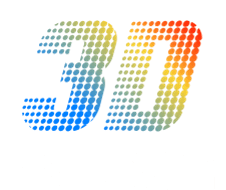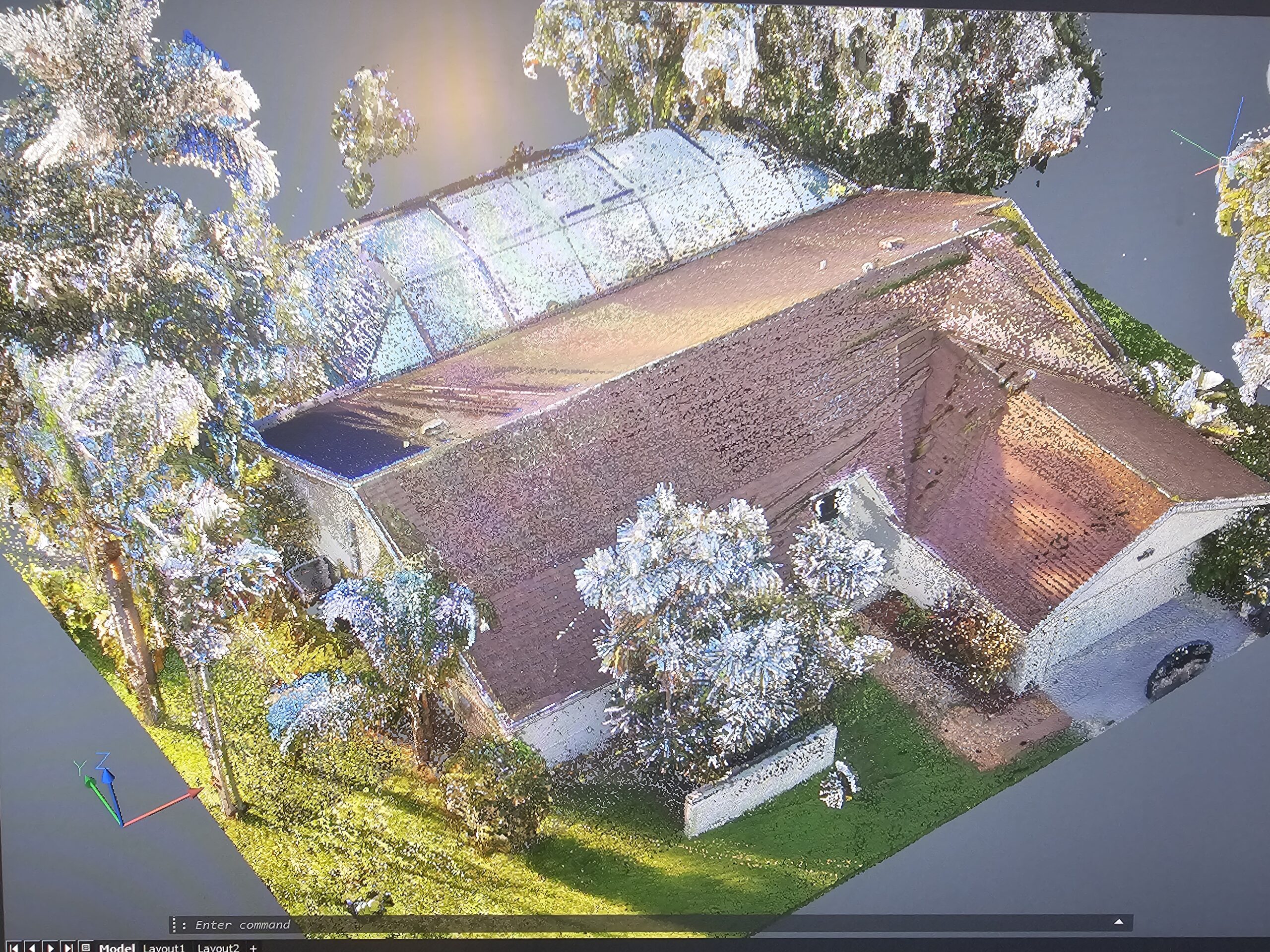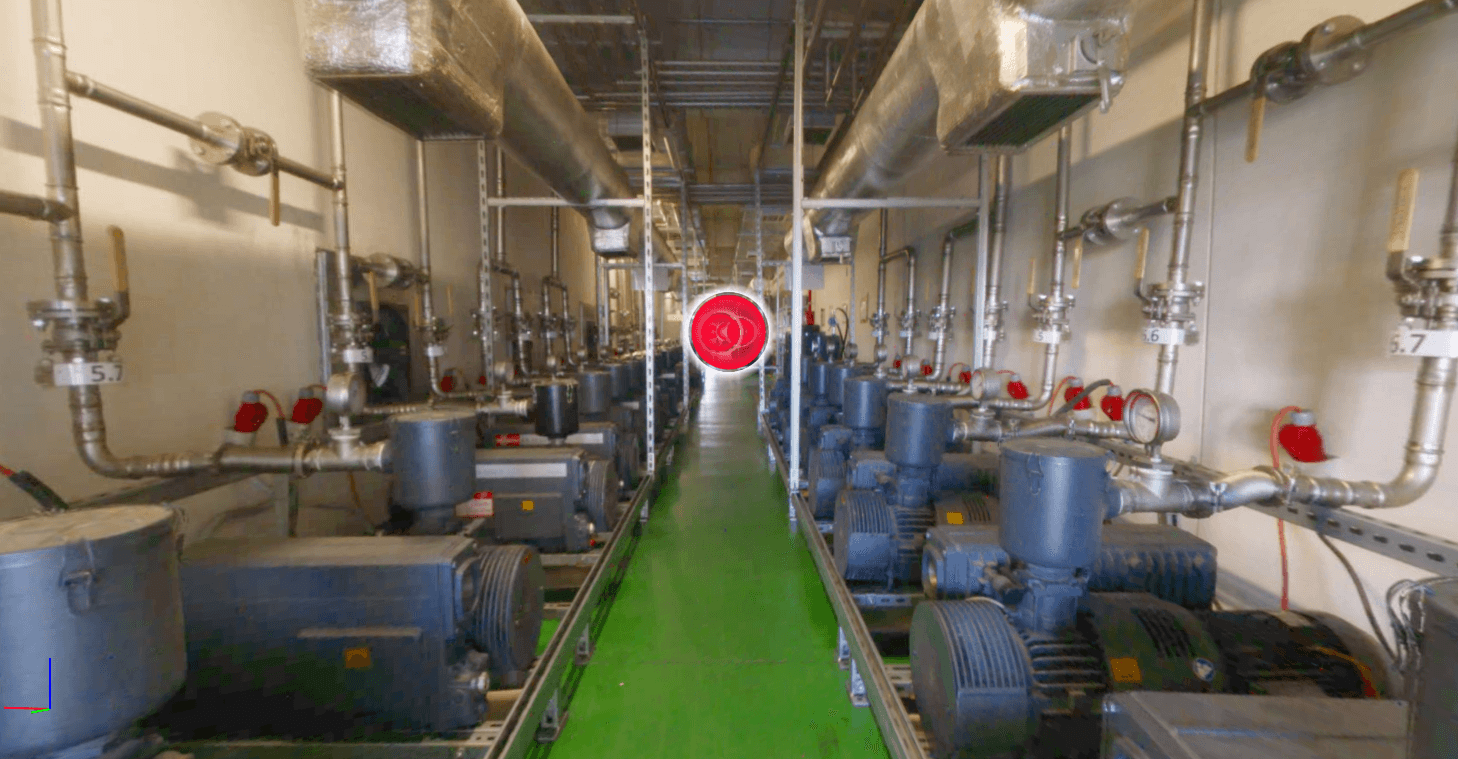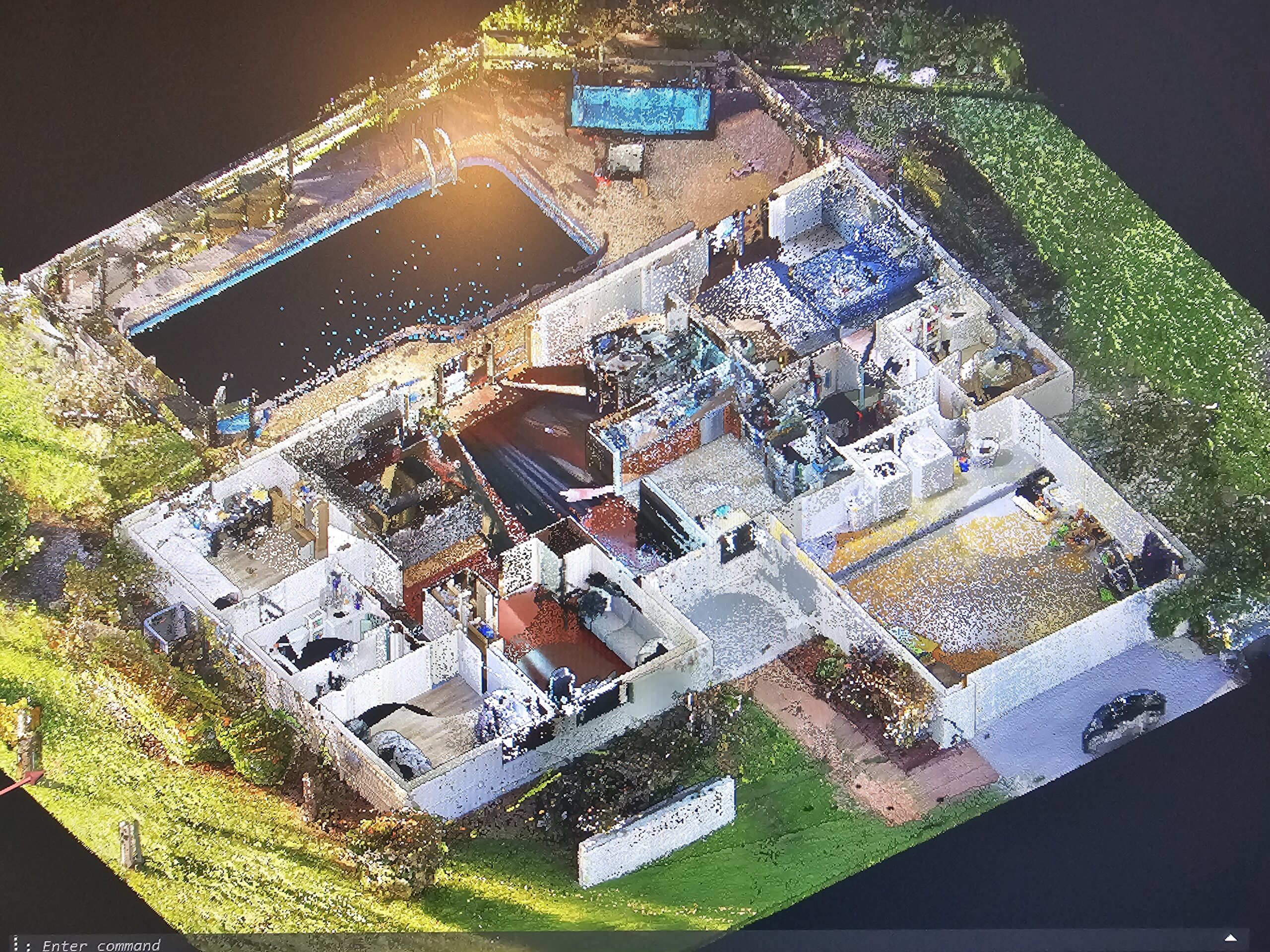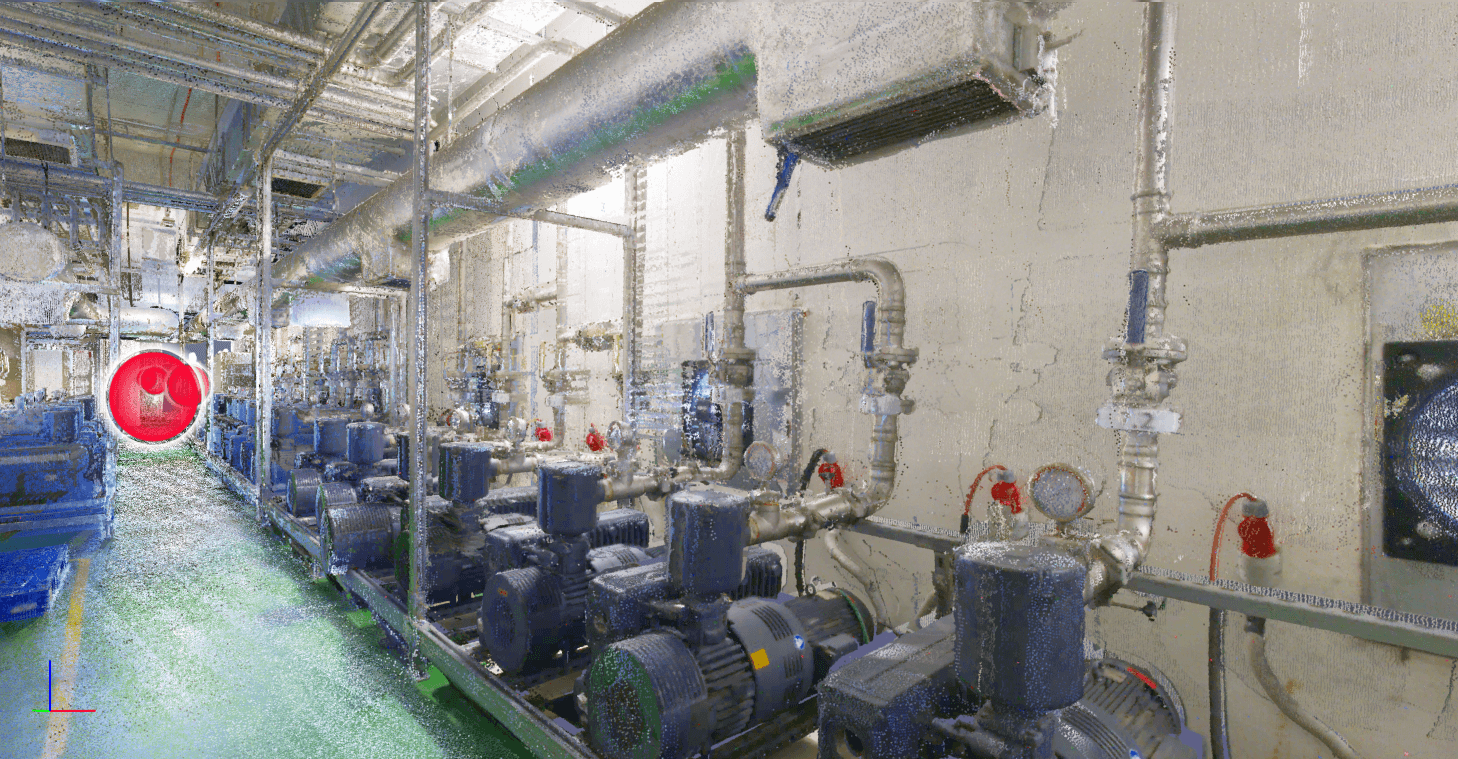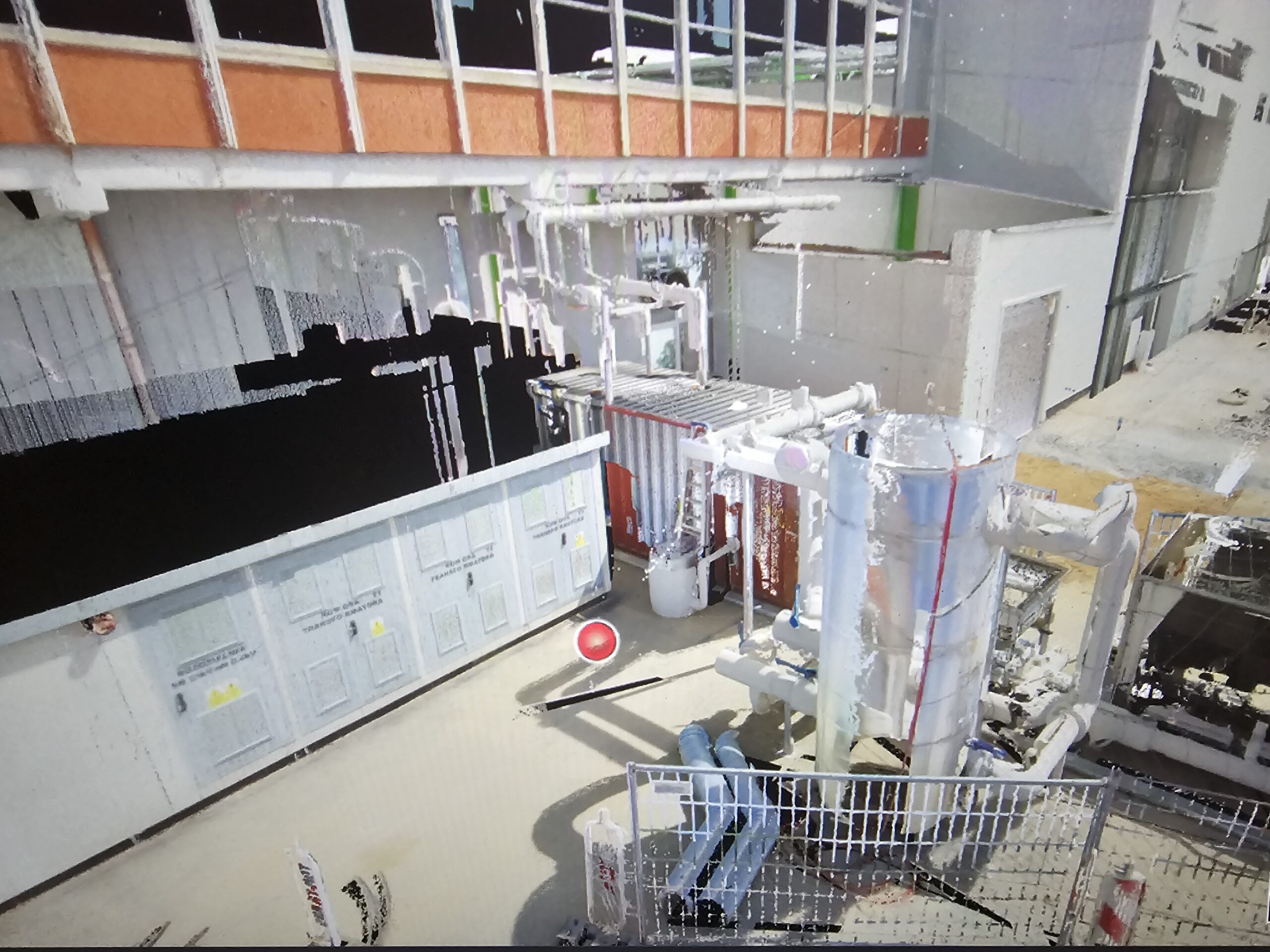Lidar Scanning
Imagine machines “seeing” their surroundings with incredible precision. That’s the magic of Lidar technology. But what exactly is Lidar scanning, and why is it a game-changer? Let’s explore how Lidar is revolutionizing industries, especially through 3D ENERGY.
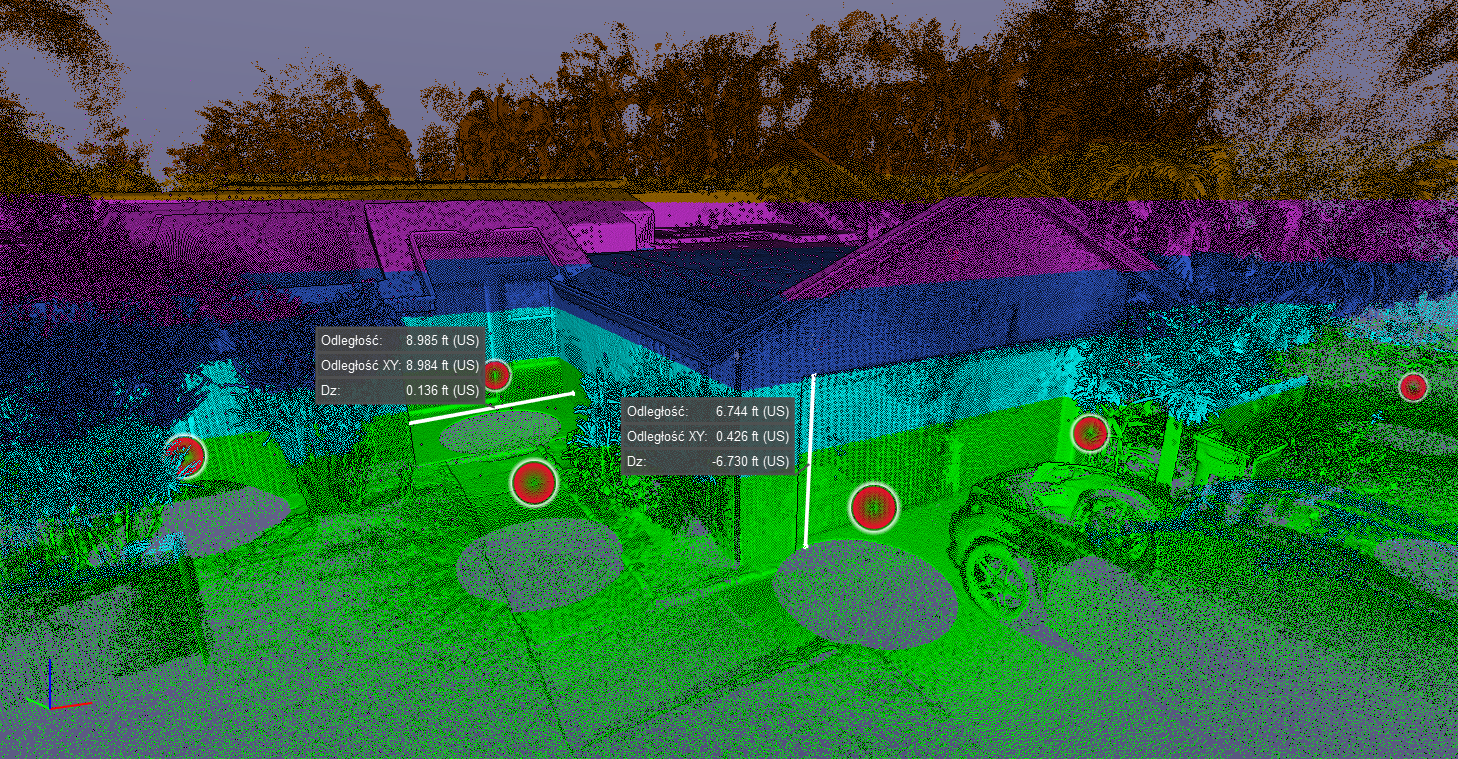
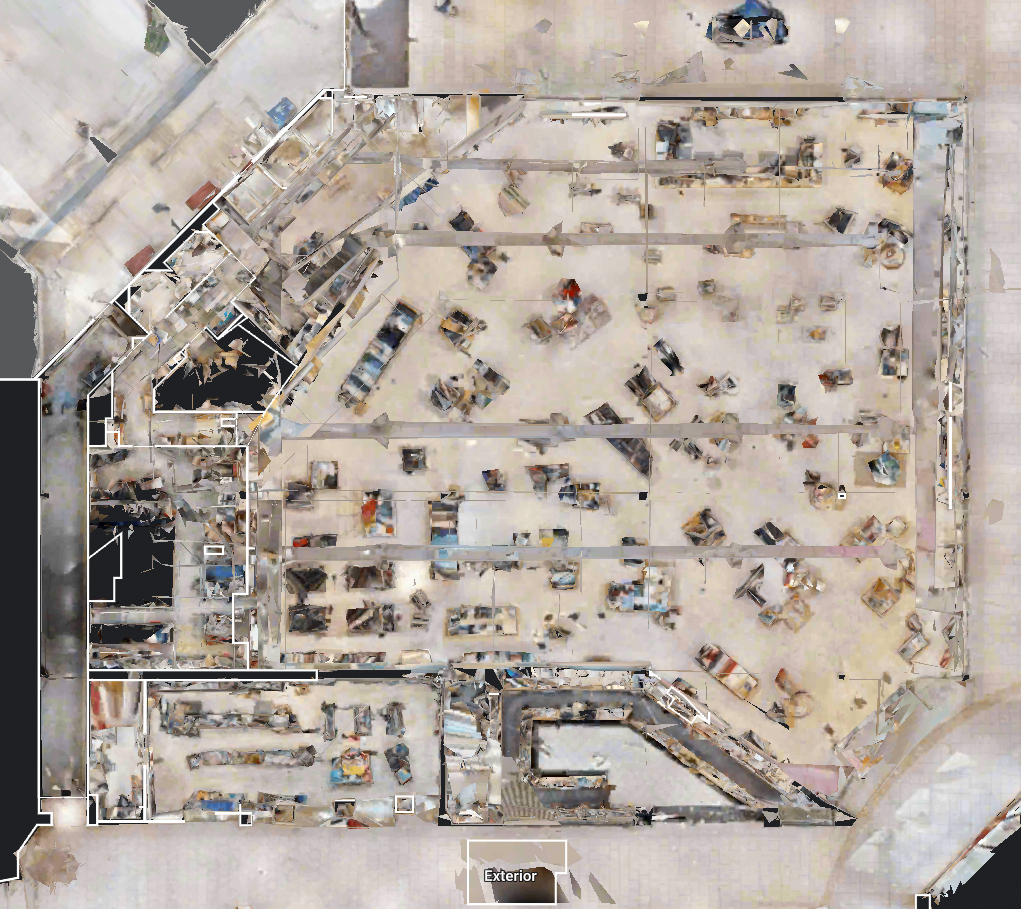
Understanding Lidar Scanning
Lidar, or Light Detection and Ranging, is a cutting-edge remote sensing technology. It uses laser pulses to create detailed three-dimensional maps of environments. By measuring the time it takes for laser pulses to return after hitting surfaces, Lidar produces accurate distance measurements, resulting in a dense “point cloud” that offers a comprehensive 3D view.
At 3D ENERGY, Lidar scanning is central to our 3D scanning services. We capture millions of data points to create precise digital replicas of architectural structures, documenting both exteriors and intricate interiors with exceptional accuracy.
How Lidar Works
Lidar operates through a powerful yet straightforward process:
1. Emission of Laser Pulses: Rapid laser bursts are directed toward targets.
2. Detection of Reflected Signals: The scanner records the time taken for pulses to bounce back.
3. Distance Calculation: Using the formula Distance = (Speed of Light × Time) / 2, distances are calculated.
4. Point Cloud Generation: Millions of points create a detailed 3D model.
Components of a Lidar System
A typical Lidar system includes:
• Laser Source: Generates laser pulses.
• Receiver/Sensor: Detects reflected light and measures time intervals.
• Navigation Systems: GPS and IMUs ensure accurate positioning during scanning.
At 3D ENERGY, we integrate these components seamlessly to deliver precise and reliable 3D scanning services. Our advanced equipment and expertise ensure that every scan captures the finest details of your architectural projects.
Applications of Lidar
Lidar’s versatility makes it invaluable across various sectors. Let’s focus on architectural applications provided by 3D ENERGY.
Architectural 3D Scanning
At 3D ENERGY, we use Lidar to create precise 3D models of buildings. Our specialized equipment captures detailed data points, resulting in accurate digital replicas. These models help architects and engineers analyze structural integrity, identify issues, and plan renovations with precision.
After using our services you can receive:
- Point cloud files for further processing – E57, LAS, LGSX, PTX, PTC, RCP
- 2D drawings of the space with additional elements – DWG, PDF
- 3D models with modeled space and elements from the point cloud – RVT, IFC
Autonomous Vehicles
While 3D ENERGY focuses on architectural scanning, Lidar is also critical in autonomous vehicles for navigation and obstacle detection, ensuring safe and efficient self-driving systems.
The Future of Lidar Technology
Lidar’s potential continues to grow, from enhancing virtual reality to improving environmental monitoring. 3D ENERGY is committed to leading these advancements, integrating Lidar with emerging technologies to offer innovative solutions.
Conclusion
Lidar scanning is a transformative tool reshaping our interaction with the world. From detailed architectural models to autonomous vehicle navigation, its precision and versatility are unmatched. At 3D ENERGY, we leverage Lidar to deliver unparalleled 3D scanning services, helping clients visualize and enhance their projects with accuracy and efficiency. As Lidar technology advances, its role as a game-changer across industries will only expand.
FAQs
1. What industries benefit the most from Lidar technology? Architecture, autonomous vehicles, mapping, surveying, environmental monitoring, and construction.
2. How does Lidar differ from traditional radar systems? Lidar uses laser light instead of radio waves, offering higher resolution and more precise measurements.
3. Is Lidar technology expensive to implement? While initial costs can be high, Lidar’s accuracy and benefits justify the investment, especially in large-scale projects.
4. Can Lidar be used in all weather conditions? Lidar performance can be affected by heavy rain, fog, or snow, but advancements are improving reliability in various environments.
5. What is the future potential of Lidar in everyday life? Enhancing virtual reality, improving smart city infrastructure, and enabling sophisticated robotics, areas 3D ENERGY is excited to explore.









